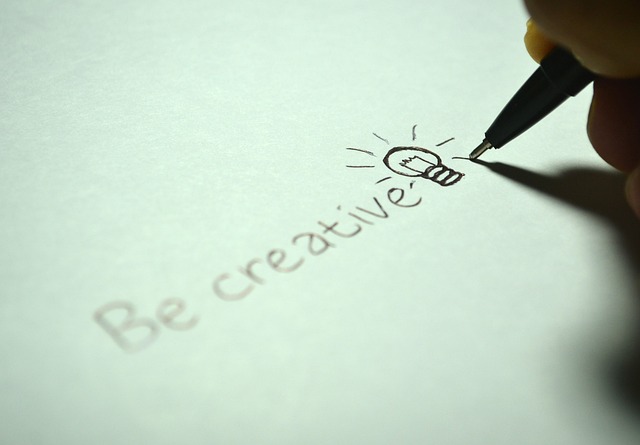In a world where urban landscapes are constantly evolving, the intersection of art and architecture emerges as a fertile ground for creative solutions. Innovative design in modern architecture not only reshapes our physical spaces but also alters our emotional experiences within them. This confluence invites architects and artists alike to explore new frontiers, dream beyond constraints, and seek inspiration from the unexpected.
Art plays a pivotal role in this transformation, enriching our surroundings with color, texture, and emotion. Think of structures that do not merely serve a purpose but also convey profound messages, challenge conventions, and ignite conversations. Designers are beginning to think outside the box—literally and metaphorically—creating buildings that are not just functional but are also a canvas for expression.
Consider the asymmetrical forms of contemporary museums that seem to defy gravity or the vibrant murals that bring life to otherwise dull facades. These creative solutions pave the way for a new appreciation of urban environments, reminding us that spaces can inspire and elevate the human spirit. Architectural wonders such as the Guggenheim Museum in Bilbao or the Sydney Opera House exemplify how integrating artistry with design results in iconic landmarks that resonate within our cultural consciousness.
Moreover, the principles of sustainability are now mingling with artistic endeavors, leading to innovative designs that prioritize eco-friendliness without compromising aesthetics. Green roofs, recycled materials, and energy-efficient structures embody a new wave of architecture that reflects our collective responsibility to the planet. Architects are increasingly adopting biophilic designs, which emphasize our connection to nature, resulting in buildings that foster health and well-being.
As technology continues to advance, the capabilities for artistic expression in architecture have grown tremendously. 3D printing, augmented reality, and digital modeling offer new tools for architects and designers to experiment with complex forms and create unique spaces that resonate on both an emotional and functional level. These creative solutions reinvent traditional craftsmanship and push the boundaries of what is possible.
In this landscape of innovation, we witness the emergence of community-centric designs that reflect the identities of their inhabitants. Neighborhoods are no longer mere arrangements of buildings; they are becoming vibrant ecosystems where art enriches daily life. Public installations and interactive spaces encourage community engagement, fostering a sense of belonging and identity.
Ultimately, innovative design in modern architecture reminds us that buildings are not just structures; they are expressions of our values, aspirations, and creativity. By embracing artistic solutions, we can create spaces that are not only functional but transformative, enhancing our experiences and cultivating connections. Let us celebrate the union of art and architecture as a beacon of inspiration for future generations.




